Rope terminology can be confusing.
Today, I’m sharing 100+ rope terminologies.
Some are obvious, some are obscure, but once you start using them, you will love them.
Let’s do this!
Parts of a Rope
Bight: The slack portion in the rope which is formed when you double the rope back (taken out of the center of the rope) on itself, but does not cross over itself.
Loop: When two parts of the rope cross each other, it forms a loop.
Standing End: The idle (or longer) part of the rope that includes all the ropes except the working end. Also called the bitter end.
Working End: The end of a rope used to tie the knot. Also called the running end or free end. Angler calls this the tag end.
Cross: When one part of the rope lies above the other, it is called a cross.
Elbows: If another cross is added, it’s an elbow.
Overhand loop: The end passes over the standing part.
Underhand loop: The end goes under the standing part.
Turn: One wrap of rope around a spar or object.
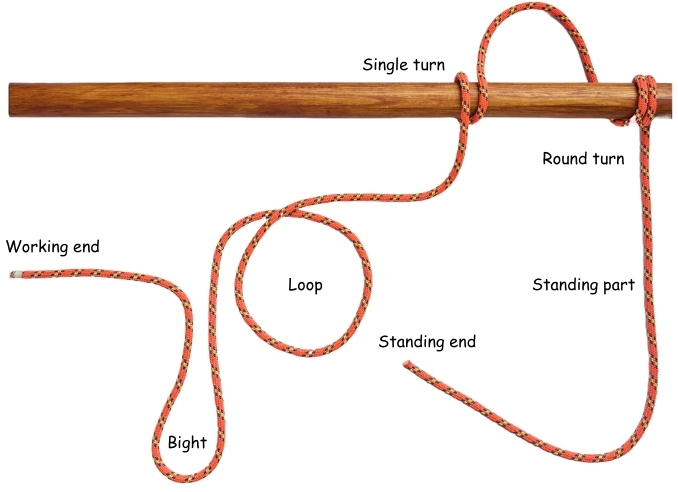
Round Turn: It is the wrap of the rope around a spar so the working end comes back along the standing part of the rope.
Eye: Often mistaken for a loop, an eye provides a means to form a fixed connection and doesn’t slip. The slipped version is known as a Noose.
Open loop: A curve in the rope with separated ends, narrower than a bight.
Closed loop: A curve where the ends come together but don’t cross.
Capsizing: When a knot deforms into a different structure.
Dressing: Arranging the knot to improve its performance and reliability.
Tending the Knot: Dressing or setting knots before they are put under load to prevent them from capsizing.
Setting: Tightening a knot.
Whipping: Wraps around rope ends to prevent fraying or wraps around handles for a better grip.
Fusing: Sealing or burning the ends of synthetic ropes (Nylon, Polyester, Polypropylene) with heat to prevent fraying.
Lashings: Arrangement of rope used to secure two or more items together.
Jamming: When a knot becomes very difficult to untie after use.
Seizing: A knot that binds two pieces of rope together side by side to create a loop.
Climbing Rope Terms

Dynamic Rope: Rope designed to absorb the shock of a fall. It’s elastic and stretches under load.
Static Rope: Unlike dynamic rope, it is a low stretch climbing rope.
Single Rope: Rope designed to be used as a single line ( around 9-10mm diameter ropes).
Half Rope: Rope used in pairs, helpful for climbers to clip into separate anchors.
Twin Rope: Two ropes are clipped through the same anchors for redundancy.
Top Rope: Method where the rope is anchored at the top of the climb.
Kernmantle: A type of rope where the inner core (kern) gives strength and the outer sheath (mantle) provides protection.
Sheath Slippage: When the outer part of the kermantle rope (sheath) moves on its own.
Core Shot: When the inner core of the rope is visible.
Rope Drag: Resistance created when the rope is passed through several protection points.
Edge Abrasion: Damage caused to the rope when it goes through several rough and sharp edges.
Impact Force: Force experienced by the rope, climber, or gear during a fall.
Fall Factor: The ratio of the distance fallen to the length of the rope available. Helps to find the severity of a fall.
Fishing Rope Terms

Leader Line: A short length of line that connects your lure or hook to the main line. Prevents the line from getting worn by fish’s teeth.
Braided Line: A line made up of multiple strands of fibers braided together.
Monofilament Line: A single strand line made from Nylon or other synthetic materials.
Tippet: A transparent line to attach the fly to the leader.
Backing Line: An extra line attached to the reels to increase the amount of line in fly fishing.
Snagging: When a hook catches an underwater object, it requires a gentle release or cutting of the line.
Dropper Line: Multiple short lines to attach additional hooks or baits.
Shot Line: Line with small weights attached to find depth while fishing.
Floating Line: Line that is lighter and hence floats on water.
Sinking Line: Fishing line heavier than water.
Boating Rope Terms
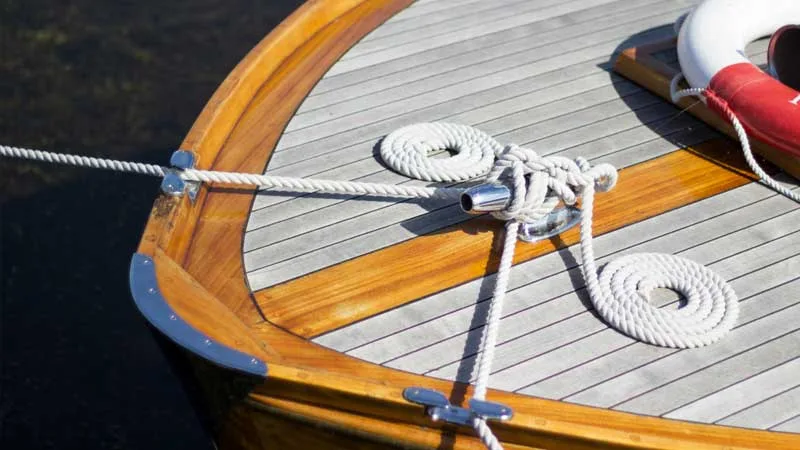
Anchor line: Connect the anchor to the boat.
Mooring Line: Secure the boat to a dock or buoy.
Stern Line: Secure the back of the boat to a dock.
Spring Lines: Protect the boat from moving fore and aft.
Breast Line: Keeps the boat from moving side-to-side.
Heaving Line: A lightweight rope for rescue situations.
Halyard: A rope to hoist a sail.
Ratline: A thin line tied between the shrouds of a sailing ship to form a ladder.
Hawser: A large diameter rope for towing or mooring large ships.
Fid: Tool for splicing ropes.
Cable: A large diameter rope for anchoring or towing large vessels.
Downhaul: A rope to tighten the front of a sail.
Outhaul: A rope that stretches the sail tight.
Painter: A rope attached to the bow of a small boat, like dinghy.
Sheet: Rope that controls the angle of a sail, attached at the lower back corner of a sail.
Other Rope Terminology
Rope Memory: The ability of a rope to retain the shape it was coiled or tied earlier.
Coiling: The process of winding the rope into loops for storage.
Flakes: A flake is a number of turns in a coiled rope.
Fraps: It is a set of loops coiled perpendicularly around the wraps of a lashing as a means of tightening.
Splice: A method of joining two ropes by untwisting and then re-weaving the strands.
Relative strength of Knots: The percentage of the rope’s strength when a knot is tied to the rope. The Figure 8 knot has the highest knot strength of about 75-80%.
Check other knots strength here.
Tension: Force applied to a rope under load.
Tensile Strength of rope: The maximum load a new rope can withstand before breaking in a lab environment.
Working Load Limit: The safer, real word limit—around 15-20% of the rope’s Tensile Strength.
Shock Load: Sudden force applied to the rope due to the climber falling or the boat pulling the anchor in strong currents.
Abrasion resistance: The ability of a material to withstand the wear caused by friction.
Rope Burn: Damage made to the rope due to friction.
Share this Article!
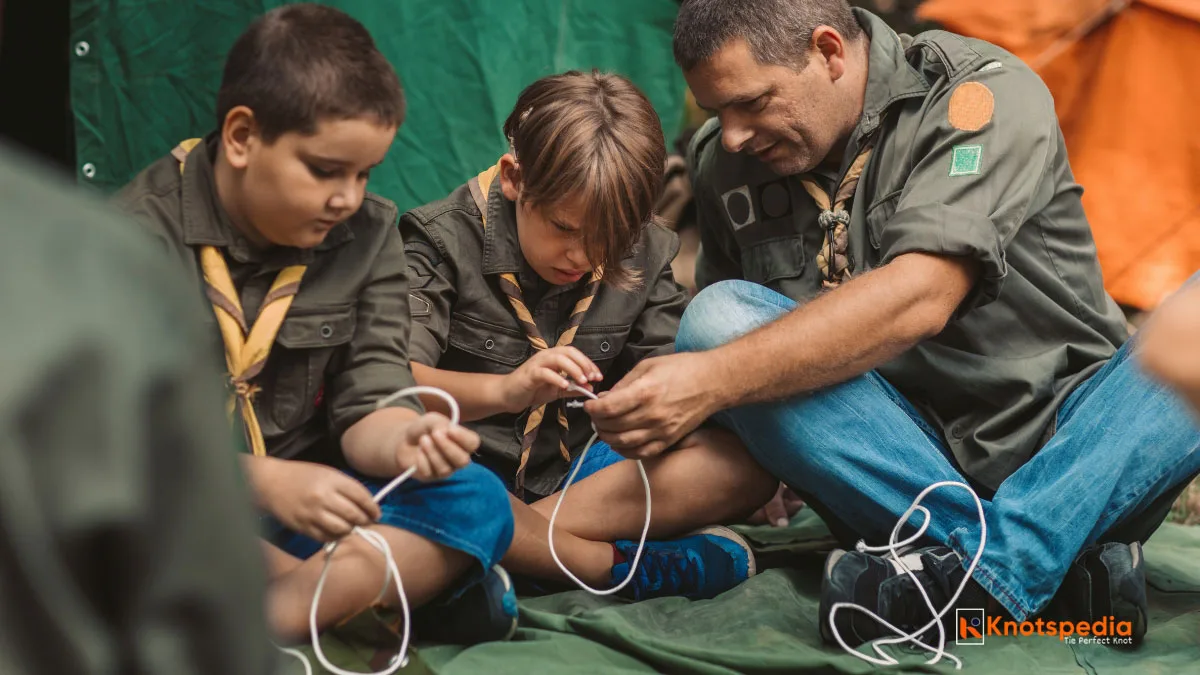


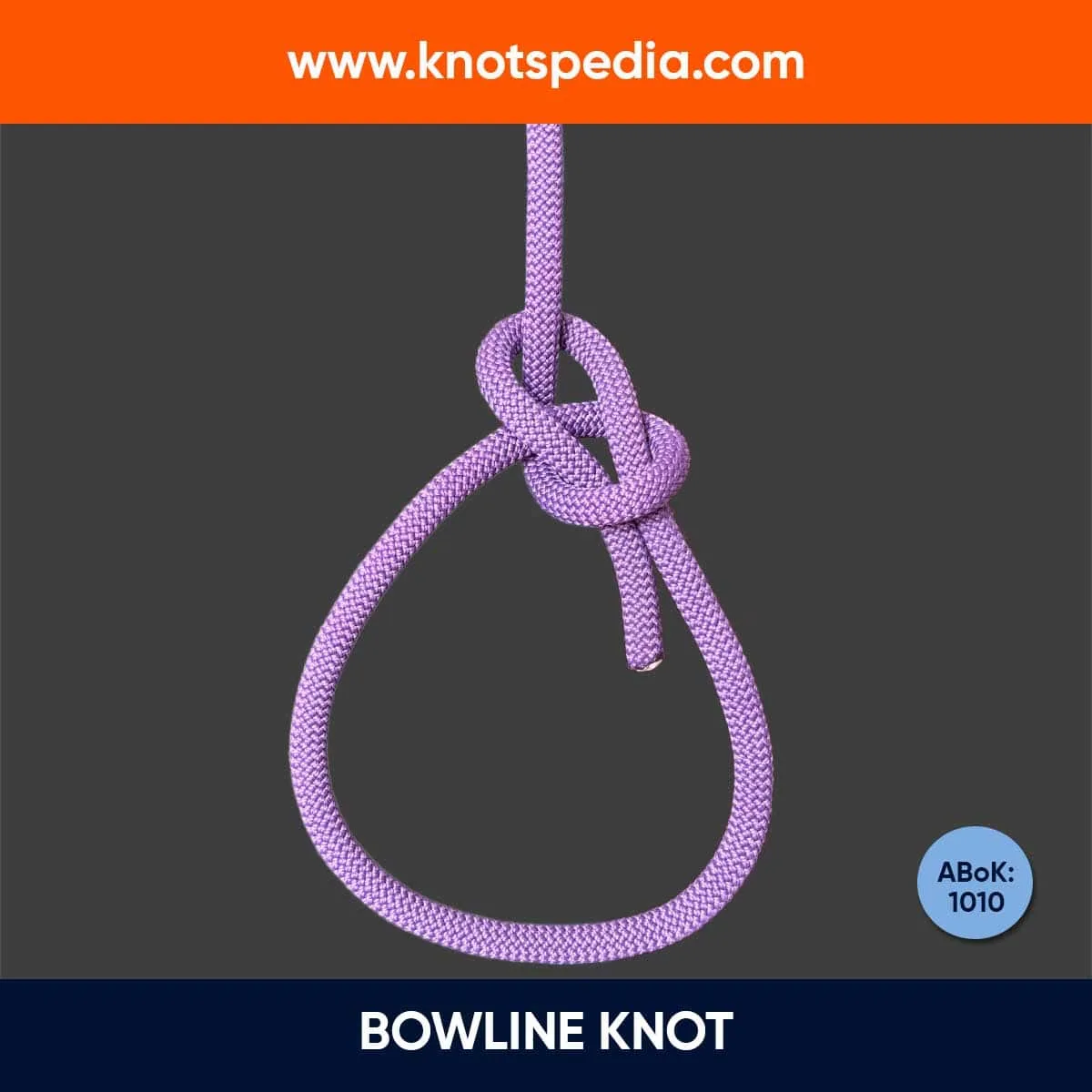
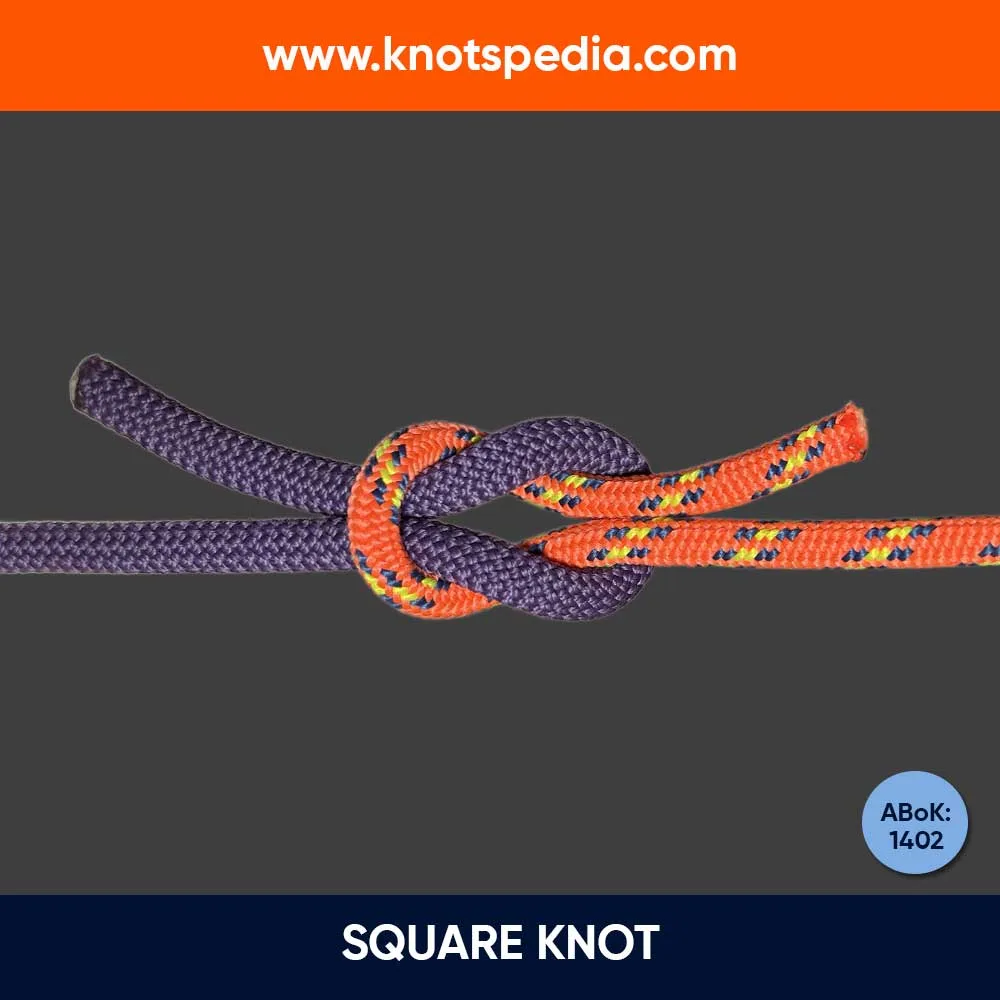

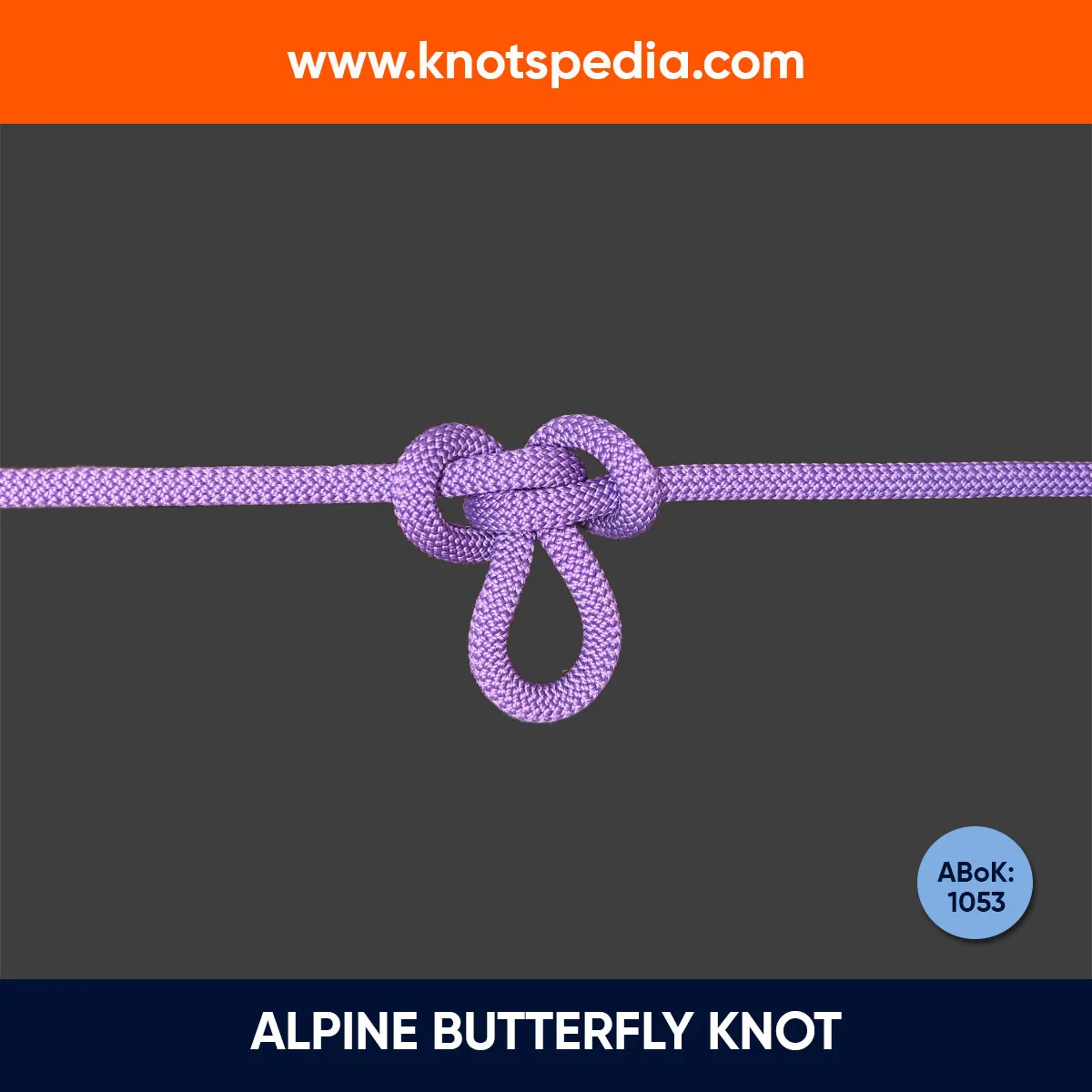

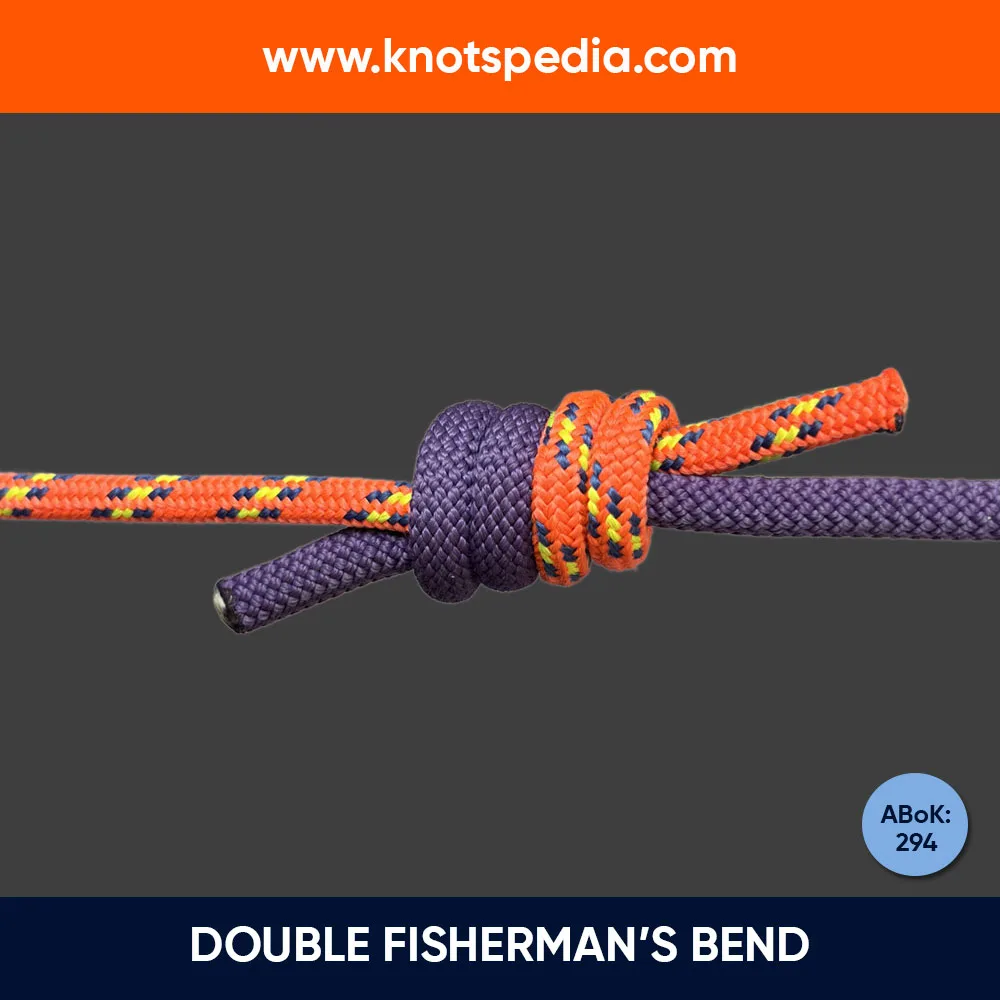
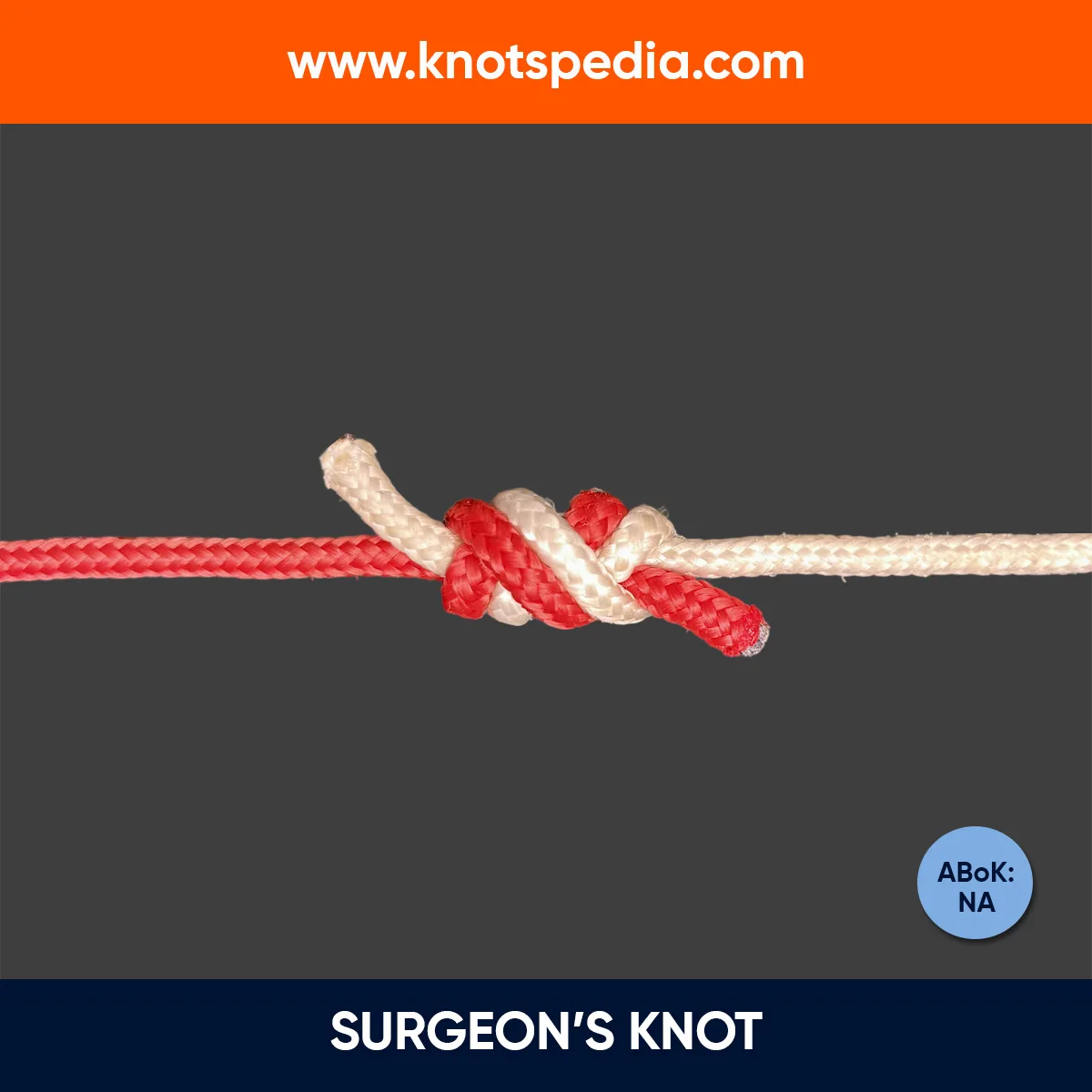
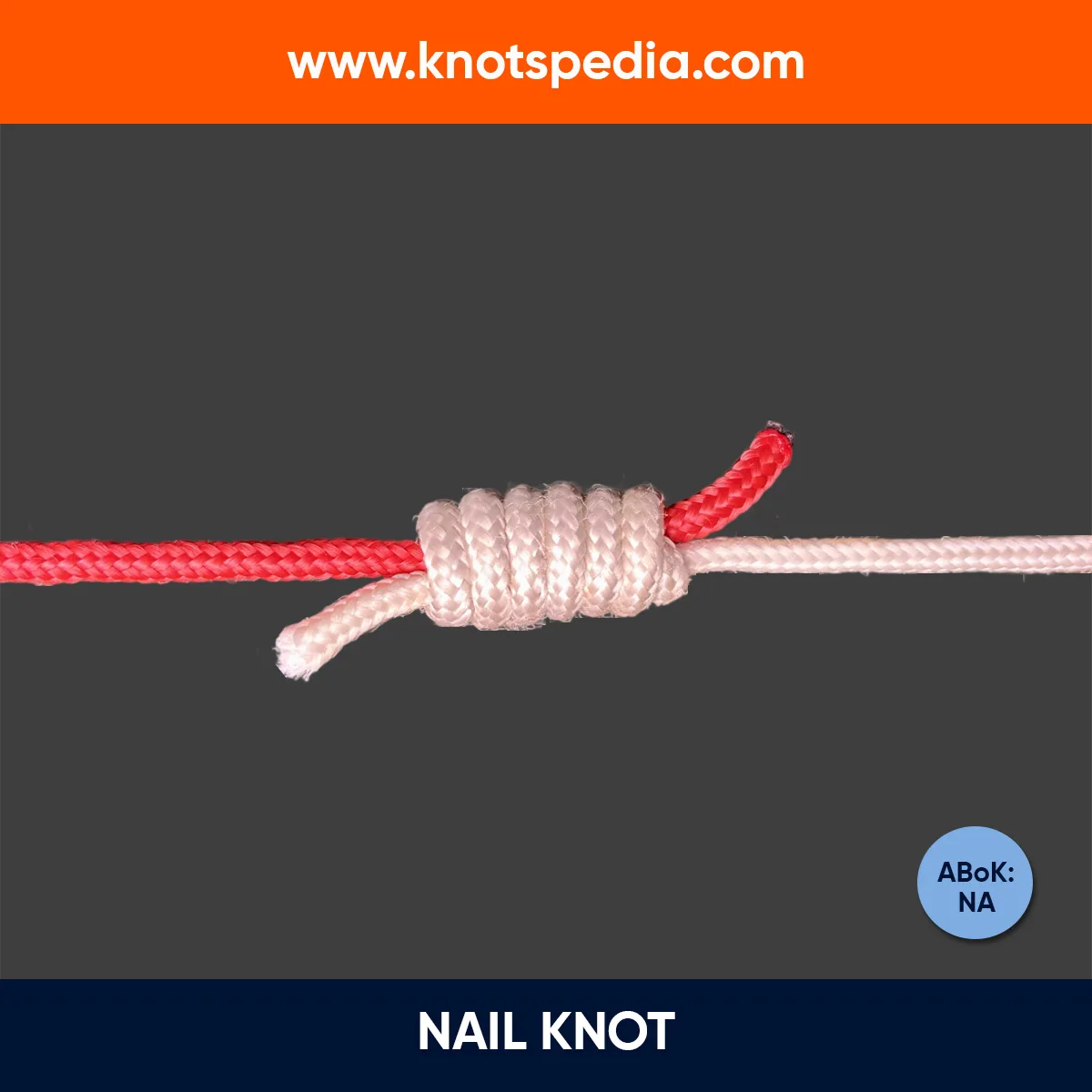

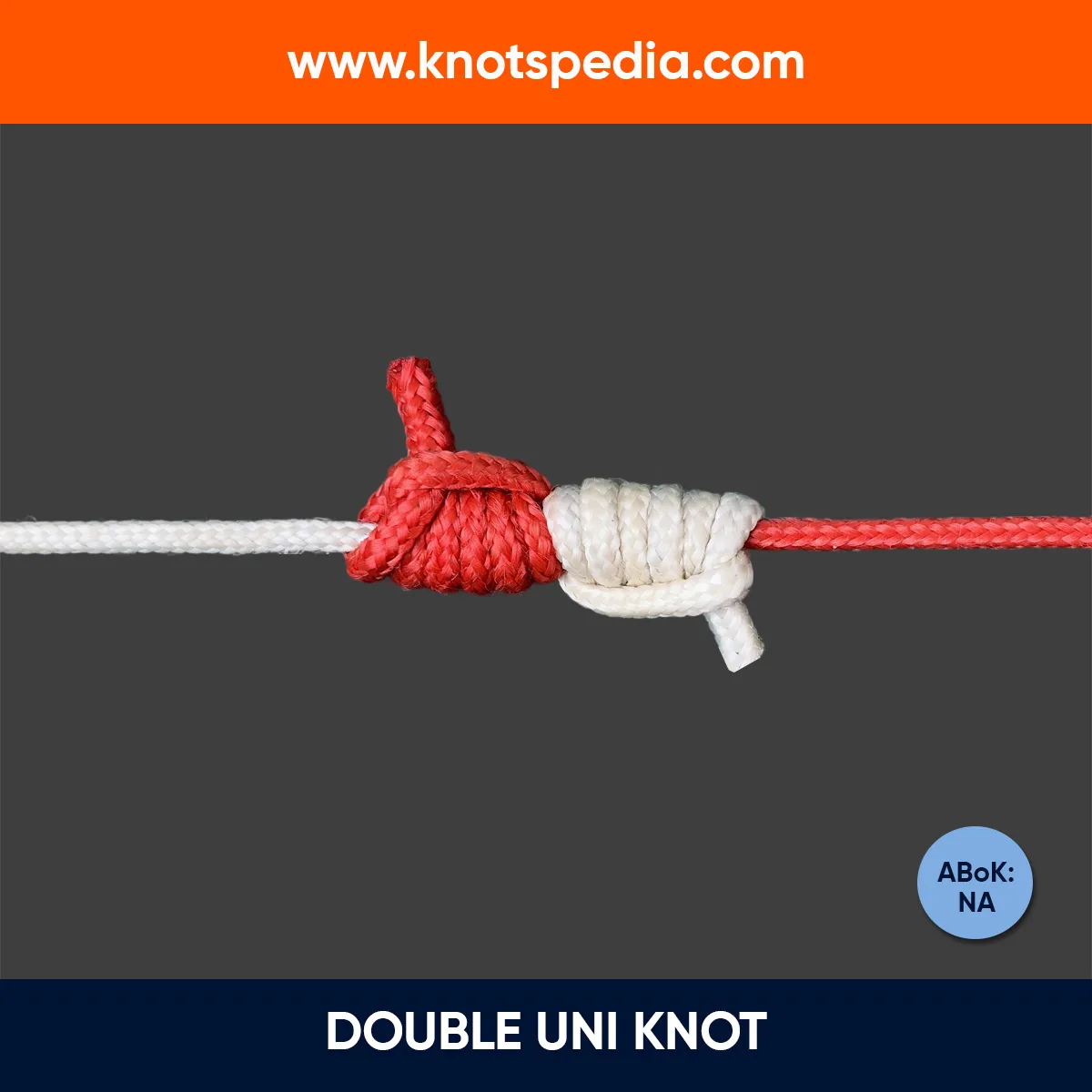

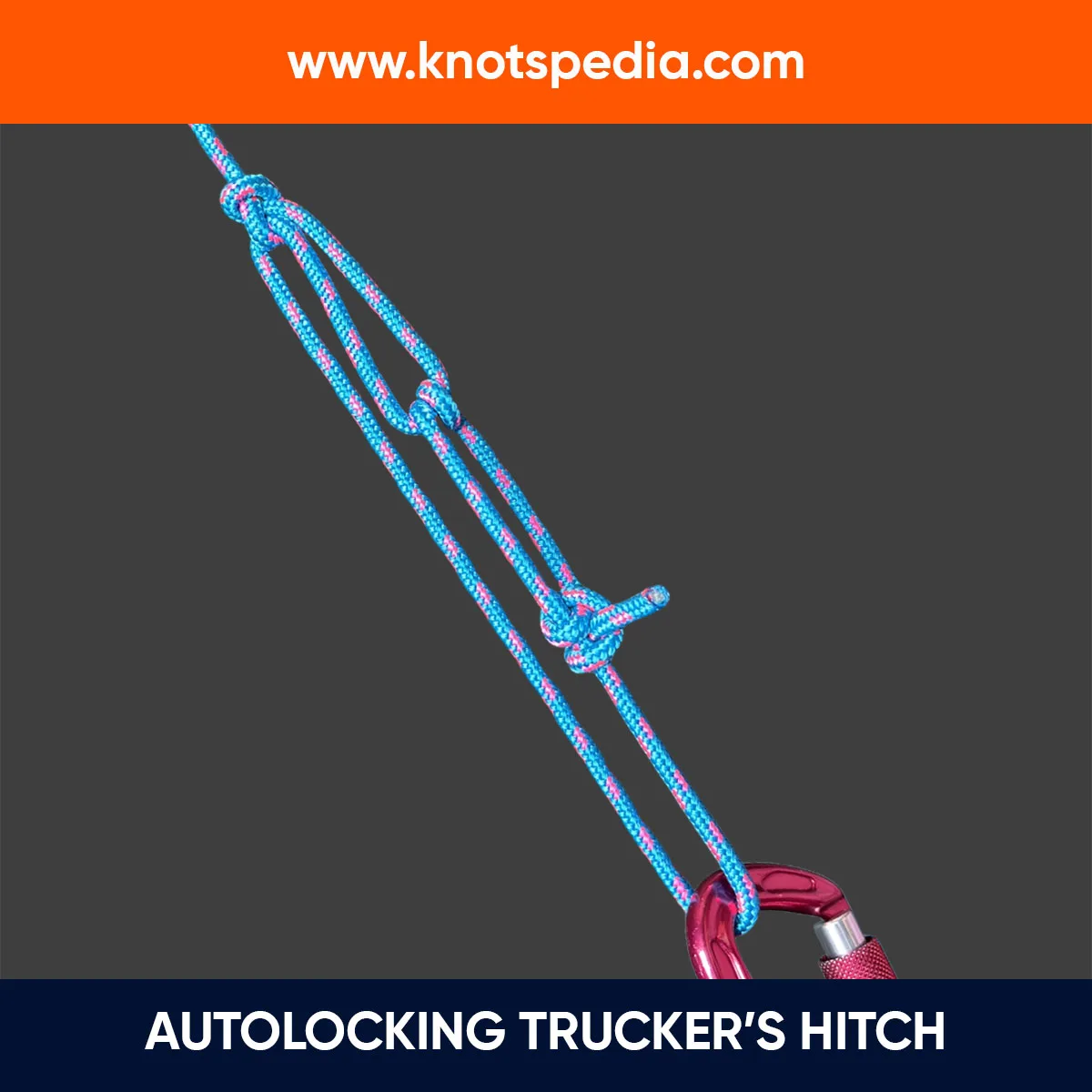
Good afternoon,
I am writing a sailing manual for youth sail trainees on board a tall ship and would like to use some of your knot images.
I am seeking your permission to do so and if you are agreeable, how you would like to be aknowledged for the images?
Warm regards
Ruth
Hi Ruth, thanks for your message! You’re very welcome to use the images in your sailing manual. A simple credit like “Images courtesy of Knotspedia (www.knotspedia.com)”
would be perfect. Wishing you and your trainees all the best on your voyages!